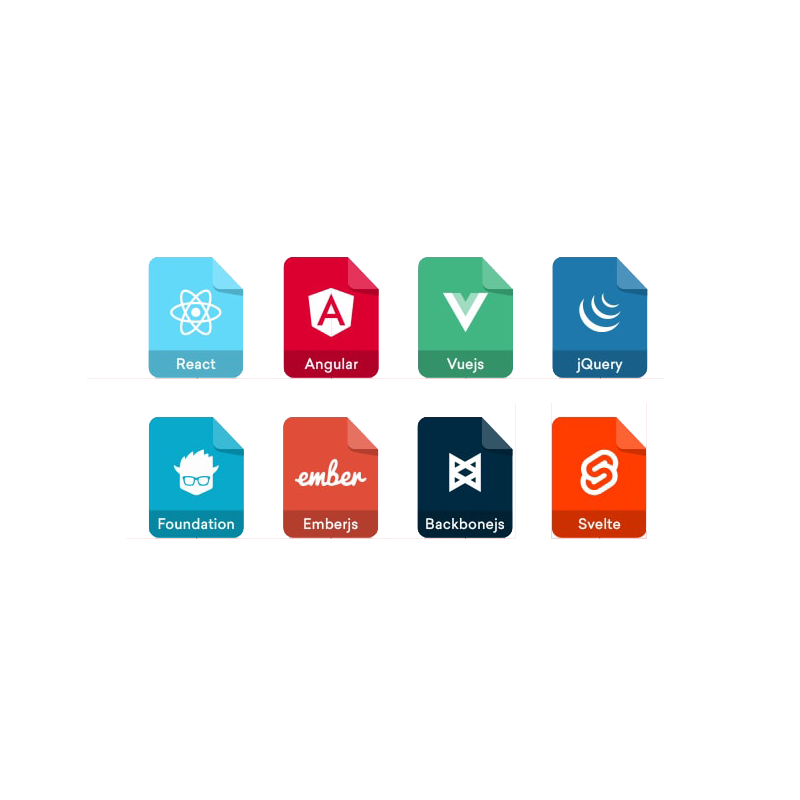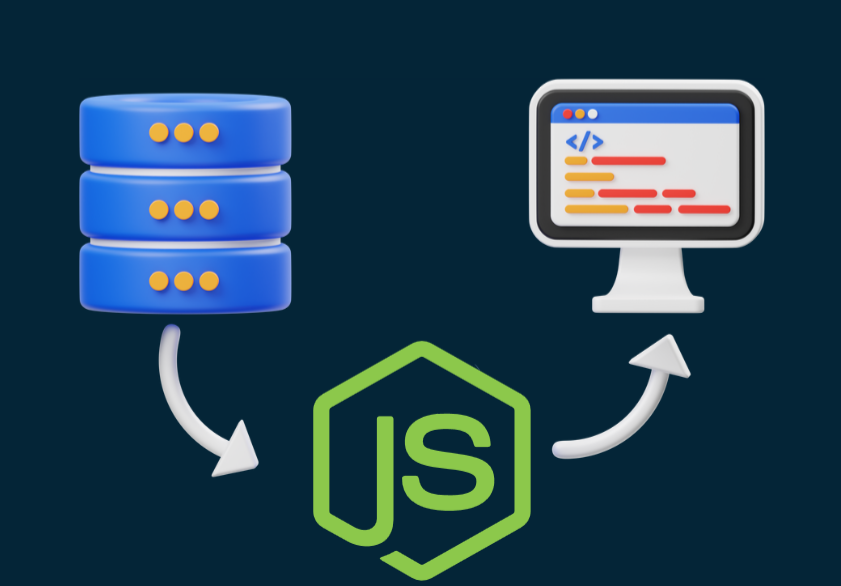There are a large number of front-end frames based on JavaScript on the market. Many of them offer similar features. In this blog, we’ve compiled a list of the top 8 advanced JavaScript frameworks that are usually preferred today to help you make informed decisions.
Frontend JavaScript frameworks are a collection of JavaScript libraries that help developers perform standard programming tasks and tasks. In addition, it provides reusable code components, universal development environment, compilers, tools, code libraries, APIs, etc. To simplify your applications.
There are many JavaScript-based front-end frameworks in the market. Many of them provide similar functionality. Choosing the best one for your project can be confusing. For example, Ember and Angular provide two-way data binding. Similarly, React and Vue.js work on the same virtual DOM principles.
We’ve put together a list of the seven most popular front-end JavaScript frameworks today to help you make informed decisions. Let’s dive deeper into the basic features of each framework and what they can offer.
1) React
Developed in 2013 by Facebook software developer Jordan Walke, React is one of the most popular open source JavaScript libraries. React’s community is huge, with over 180,000 stars on GitHub. Nearly 40% of developers around the world use and love React. Although there will be a slight decrease in satisfaction with the use of React in 2020, it is still one of the best options for beginning developers to enter the IT market. It is lightweight, has better community support and offers a faster learning curve. We also used React to create an intuitive front-end component-based web application for the International Ice Hockey Federation (FIH) due to its light weight.
How does it work:
- React uses JSX, which allows developers to write HTML snippets into JavaScript files.
- React Library works in conjunction with API status management, routing, or integration.
- The React library uses a virtual DOM element to create a cache in memory. The virtual DOM compares the previous and next state of the component. Accordingly, the actual DOM only compiles a component whose state has changed.
- The unidirectional data binding framework is a one-way data flow that helps developers adapt.
- To execute the code at a specific point, use a lifecycle method such as the Did Mount component.
Real life applications
React is used in applications such as Facebook, Netflix, Asana, Pinterest, Airbnb, Reddit, UberEats and more.
Most Popular React components







